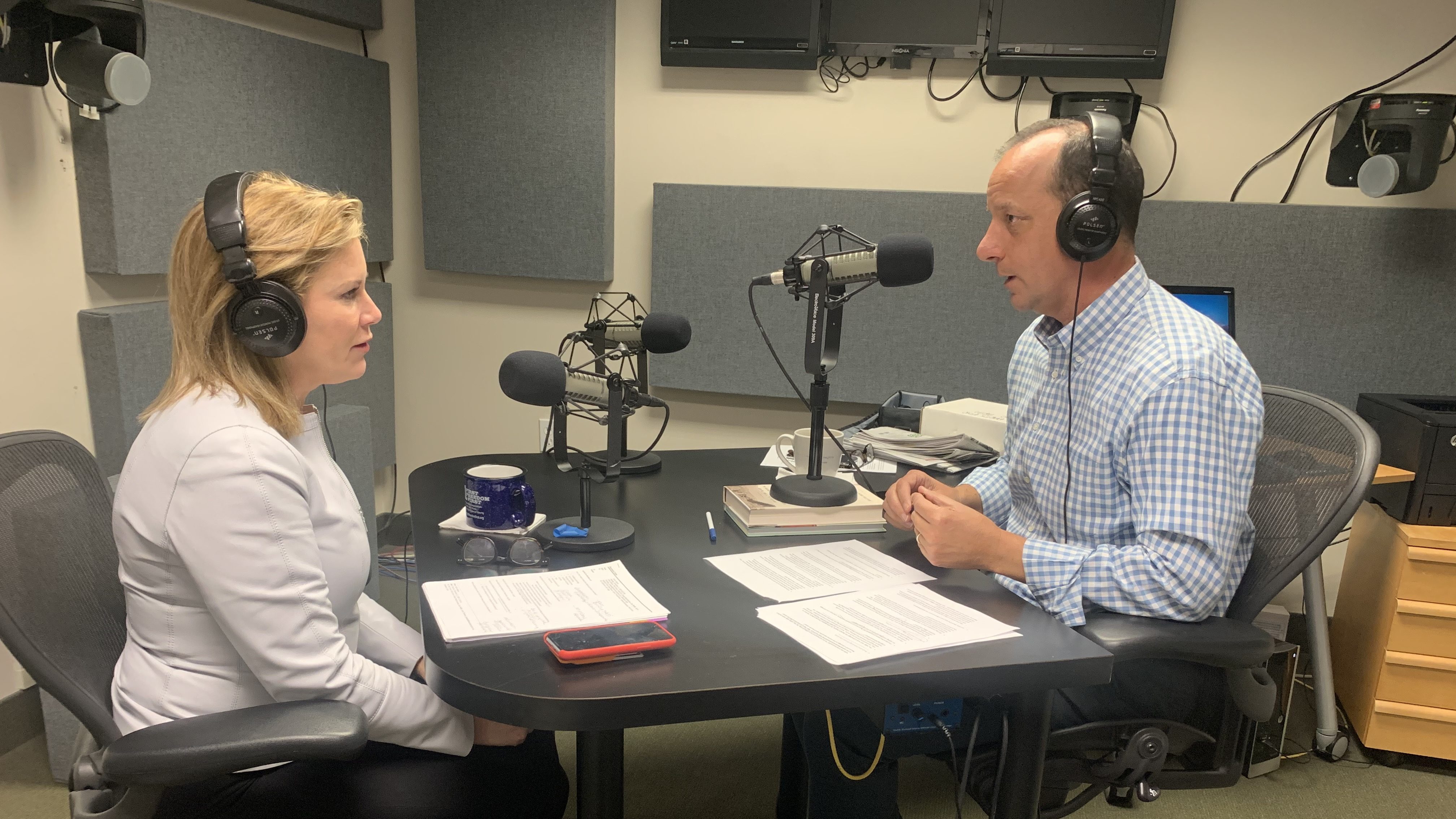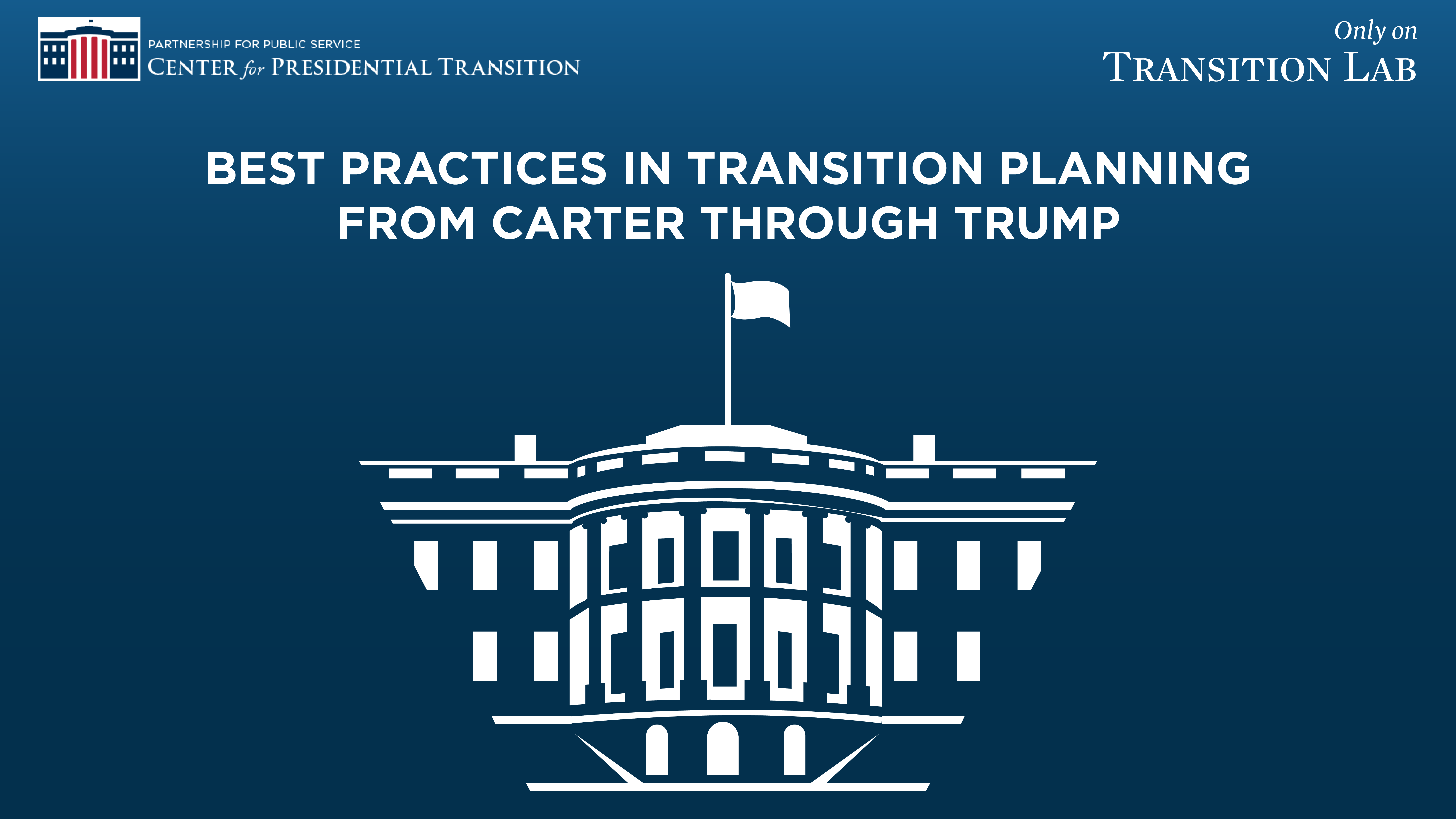Blog
April 13, 2020
Managing a presidential transition during a national crisis
Stephanie Cutter, spokesperson for the Obama-Biden transition in 2008 and nationally recognized communications strategist, shares her perspective on managing the Obama-Biden transition during the global financial crisis. Cutter shares how the communications team positioned then president-elect Barack Obama in the public eye, how the team approached the economic crisis and how they managed the period from election to Inauguration Day.
[tunein id=”t141626777″]Read the highlights:
Dave: What advice would you give to whomever the next spokesperson is for a transition? What are the most important things that person should think about before he or she takes on the role?
Cutter: Well, the biggest is that you’re no longer on the campaign. You are a government. It is the highest office in the land. It is an office people revere across the world and you show it some respect. So take off your campaign hat and put on your governing hat and think about the long term, not the short term.
Dave: In every campaign there’s a mind shift when someone goes from candidate to being president-elect, where people say, “Wow, this person’s actually going to be president.” And part of the challenge is to communicate to the American public that this person’s going to be president. So how do you do that? What were you thinking about from a communications perspective?
Cutter: Well remember, part of the threshold that we had to get over for Obama as a candidate was to show him as a president. He was relatively unknown—a new senator, so we had been working on that for a long time. We were also in the middle of an economic crisis. And throughout that fall, there were lots of moments to show leadership and control over the situation to give people confidence. And we took full advantage of that—for good reason. But moving from a campaign into a transition mode—he was the president-elect, so, you want to communicate that you’re moving quickly to set up a government confidently and competently.
Dave: So the day after the election, Bush was incredibly gracious to Obama, rolled out the red carpet and there was cooperation and collaboration between the two. This is after a year and a half of basically running against Bush. How did the campaign team shift that paradigm?
Cutter: It was a huge adjustment. We had to be very careful with our comments and what we were putting out there because we were working so closely in cooperation with them, and they were being extraordinarily helpful to us because of the economic crisis that we were in. As soon as you move from a campaign to a transition, out goes the campaign rhetoric. It’s not Bush’s economy this and failure that, it’s what are we going to do? It’s looking to the future. It’s putting real plans in place. It’s putting the people that are going to be shepherding those plans in place and frankly, we had enough to deal with on our own. There was no time to think about, “Oh, well, remember this positioning on the campaign of Obama versus Bush,” we had much bigger things to think about.
Dave: So as we approached the inauguration, Obama became much more active as a spokesperson. What was your strategy for increasing the intensity of his communications as you approached the inauguration?
Cutter: You know, once we became more comfortable in that transition role, it’s very difficult to go dark… So somebody needed to communicate confidence. Somebody needed to reassure people that we collectively—the Bush White House, the Bush administration, the transition team and president-elect had this under control.

